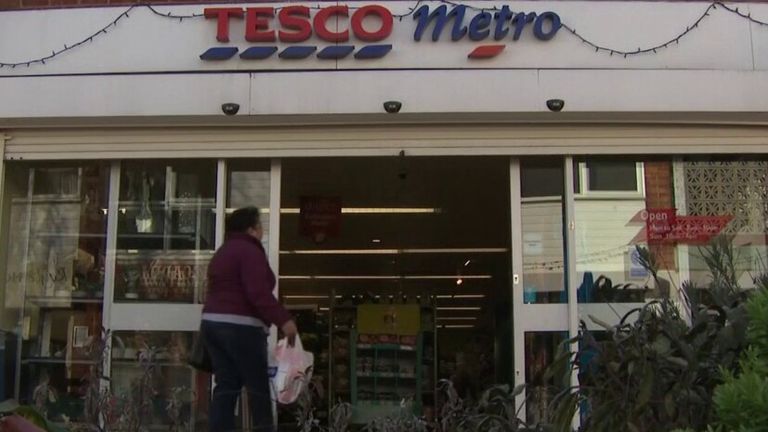The pace of wage growth, already described as “unsustainable” by the governor of the Bank of England, has ticked up further, according to shock official figures.
The Office for National Statistics (ONS) reported average weekly earnings excluding bonuses hit an annual rate of 7.3% during the three months to May.
That matched the highest level on record.
Economists had widely expected the figure to decline from the 7.2% initially recorded last month.
However, that rate was revised up to 7.3% by the ONS on Tuesday.
The wage figure was the most eagerly anticipated piece of data in the ONS report, which also showed a climb in the unemployment rate to 4% from 3.8% – something that the bank would perversely welcome.
The bank, as part of its efforts to get inflation down, wants to see evidence demand in the economy is falling before pausing its cycle of interest rate hikes.
Governor Andrew Bailey hinted last night that further rate pain lay ahead despite forecasting that energy-led inflation would fall “markedly” in the months ahead.
He argues that high pay awards, while easing the squeeze on households during the cost of living crisis, only feed price growth further down the line.
Wage growth was driven in April by the rise in statutory minimum wage levels and the start of the new financial year which typically sees many pay reviews kick in.
The fact that salary increases have failed to decline will be a worry for policymakers.
The bank had imposed a shock 0.5 percentage point rate rise last month, taking bank rate to 5%, in reaction to the wage spike and wider evidence that higher prices were becoming engrained in the economy.
Separate figures released on Tuesday by the British Retail Consortium, showing a slight pick-up in the rate of sales growth during June but an easing in food inflation for a second month, will do nothing to convince the bank that it has gone far enough.
By making borrowing more expensive, it hopes that the pace of price growth will come back to more normal levels.
The bank has an inflation target of 2%. The consumer prices index measure of inflation currently stands at 8.7%.
A majority of financial market participants currently expect a further 0.5 percentage point rate increase at the monetary policy committee’s next meeting early next month.
ONS director of economic statistics Darren Morgan said of its data: “Total employment grew in the latest three months while the number of people actively looking for work also increased, both driven by men rejoining the labour market.
“While the total number of vacancies remain high, it has now been falling for a year and the pace of decline has accelerated recently.
“Pay excluding bonuses has again risen at record levels in cash terms. Due to high inflation, however, the real value of weekly earnings are still falling, although now at its slowest rate since the end of 2021.
“The number of working days lost to strikes fell back to their lowest level in nearly a year, with a notable drop in public sector disruption.”

